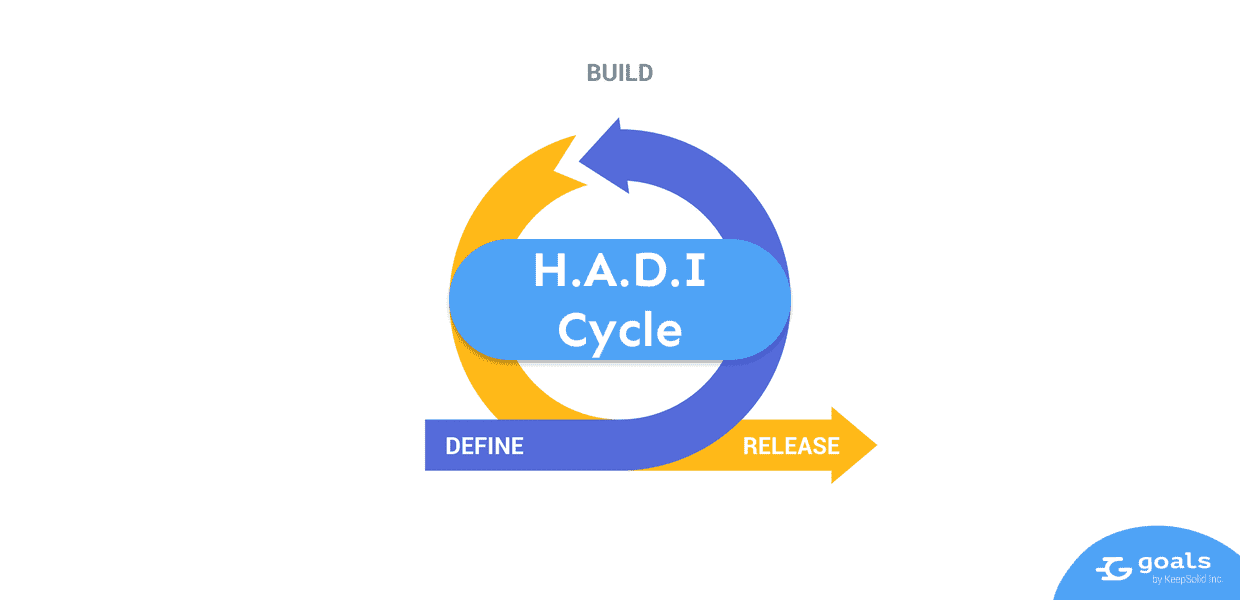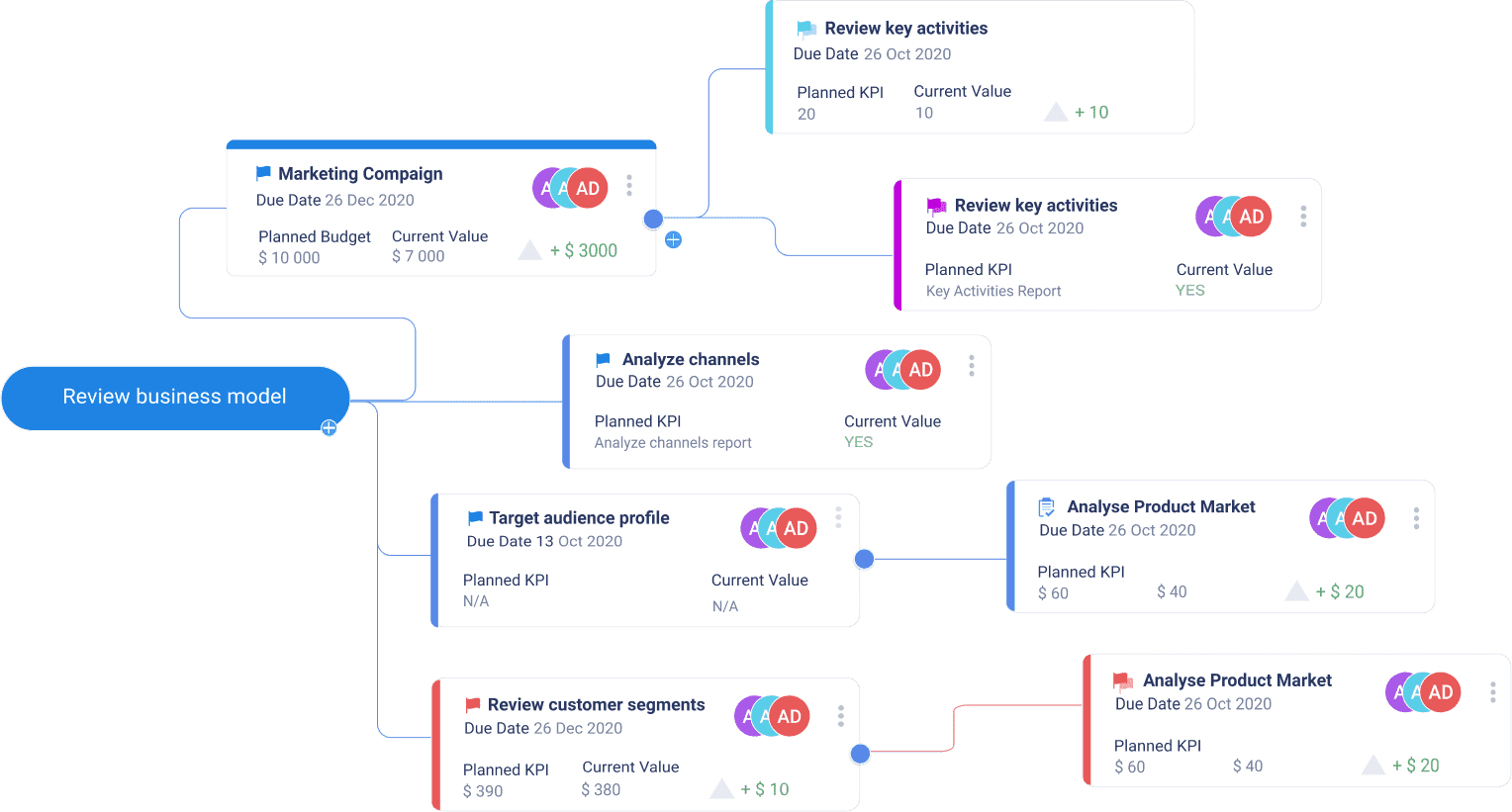What is HADI Cycle?
A HADI cycle is an Agile tool that allows filtering out promising hypotheses, testing a hypothesis by measuring its impact on a predetermined indicator, monitoring its implementation and tracking the consequences.
HADI is an acronym that describes every stage within the cycle:
- H – hypothesis. At this stage a hypothesis is formed based on the emerging theories. Simultaneously, metrics that are likely to be affected by the change are determined.
- A – action. The hypothesis is tested.
- D – data. The data required to confirm or reject the hypothesis is collected.
- I – insights. At this stage, the hypothesis is evaluated to determine if the goals have been achieved.
In brief, the scheme is quite simple: you pose an idea, test it and then draw conclusions and improve it or scale to achieve meaningful results.

How to use a HADI cycle
To make testing with a HADI cycle effective, it is critical to organize the test work properly:
- Choose the hypothesis carefully. Take care to formulate several hypotheses and analyze each of them to select the most useful one.
- Formulate the hypothesis in such a way that it can be answered unambiguously “yes” or “no”.
- Check if the team believes in the hypothesis.
- Assess how difficult it is to organize the testing.
- Start testing as early as possible and stop as soon as you obtain the necessary information. The amount of the data collected should be such that the measurement error is less than 1%.
- Evaluate the testing results to decide if the hypothesis is worth elaborating.
How long does it take?
One of the key HADI tool benefits is a quick testing and implementation of hypotheses. As a rule, the whole cycle should not take more than a sprint or even a week. This time is enough not to implement the idea fully, but rather see its viability. After the idea is proved to be worth elaborating, t can be scaled and developed further. The main value of this method is a quick implementation of hypotheses.
It is possible to test several hypotheses simultaneously within a single HADI cycle. However, to make the most of it, the tested hypotheses need to have different performance indicators. If several ideas impact the same parameter, it compromises the fairness of the experiment and makes it harder to evaluate which hypothesis is the best.
Where to use a HADI cycle
A HADI cycle is a very popular tool in Internet marketing to test email marketing, SEO optimization, or contextual ads. A HADI cycle can answer all consumer questions, such as customer satisfaction with the product, the effectiveness of the marketing campaign. The trick is to formulate a hypothesis in such a way that it can be answered only with “yes” or “no”. The most common application of a HADI cycle is to test the hypothesis in Internet marketing.
The speed of idea testing is a game-changer for companies operating at fast-evolving markets, such as software development. For this reason, HADI cycles are also quite useful for startups that require quick testing of different ideas and adjusting their work on-the-fly without investing too many resources.



